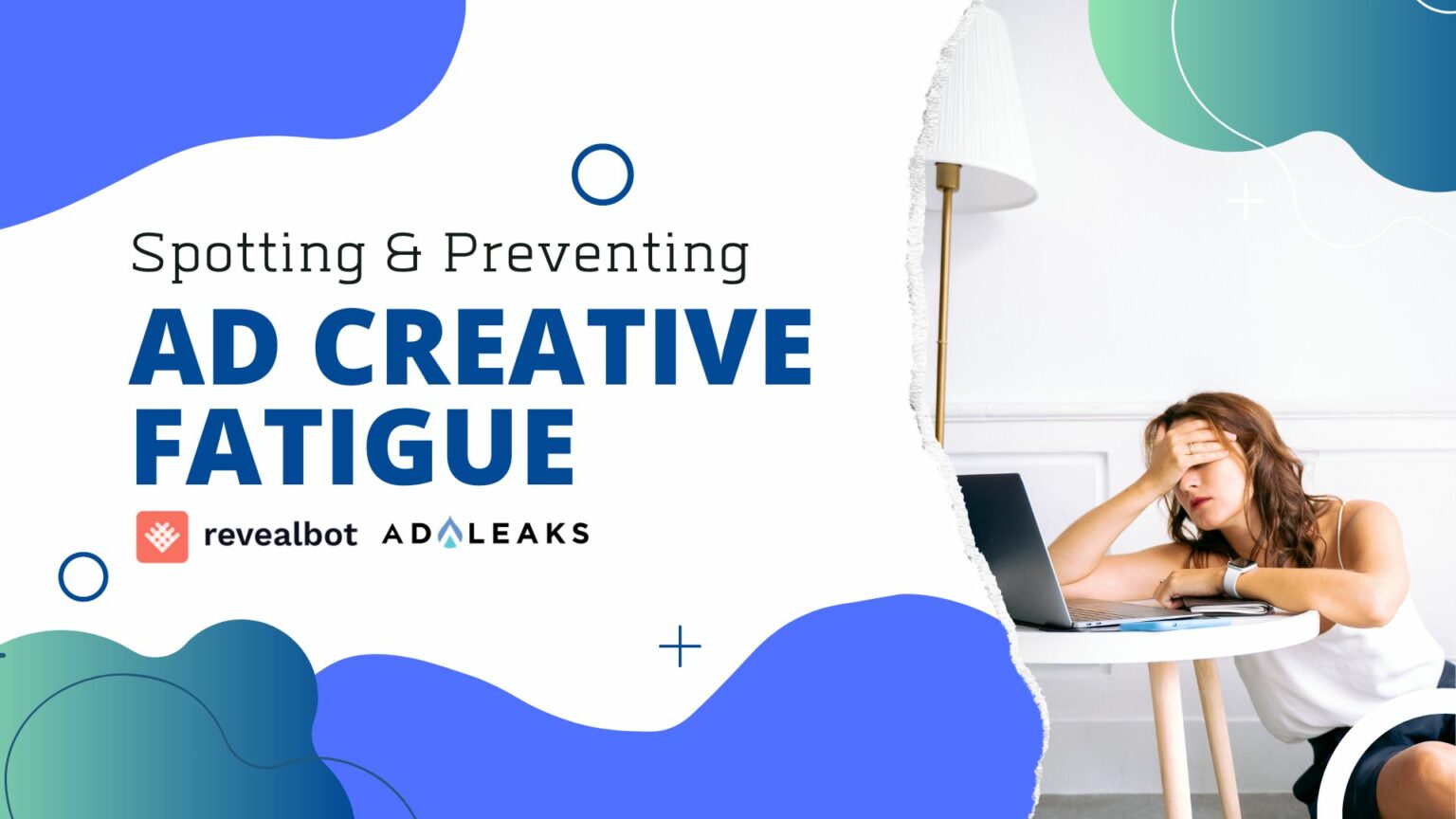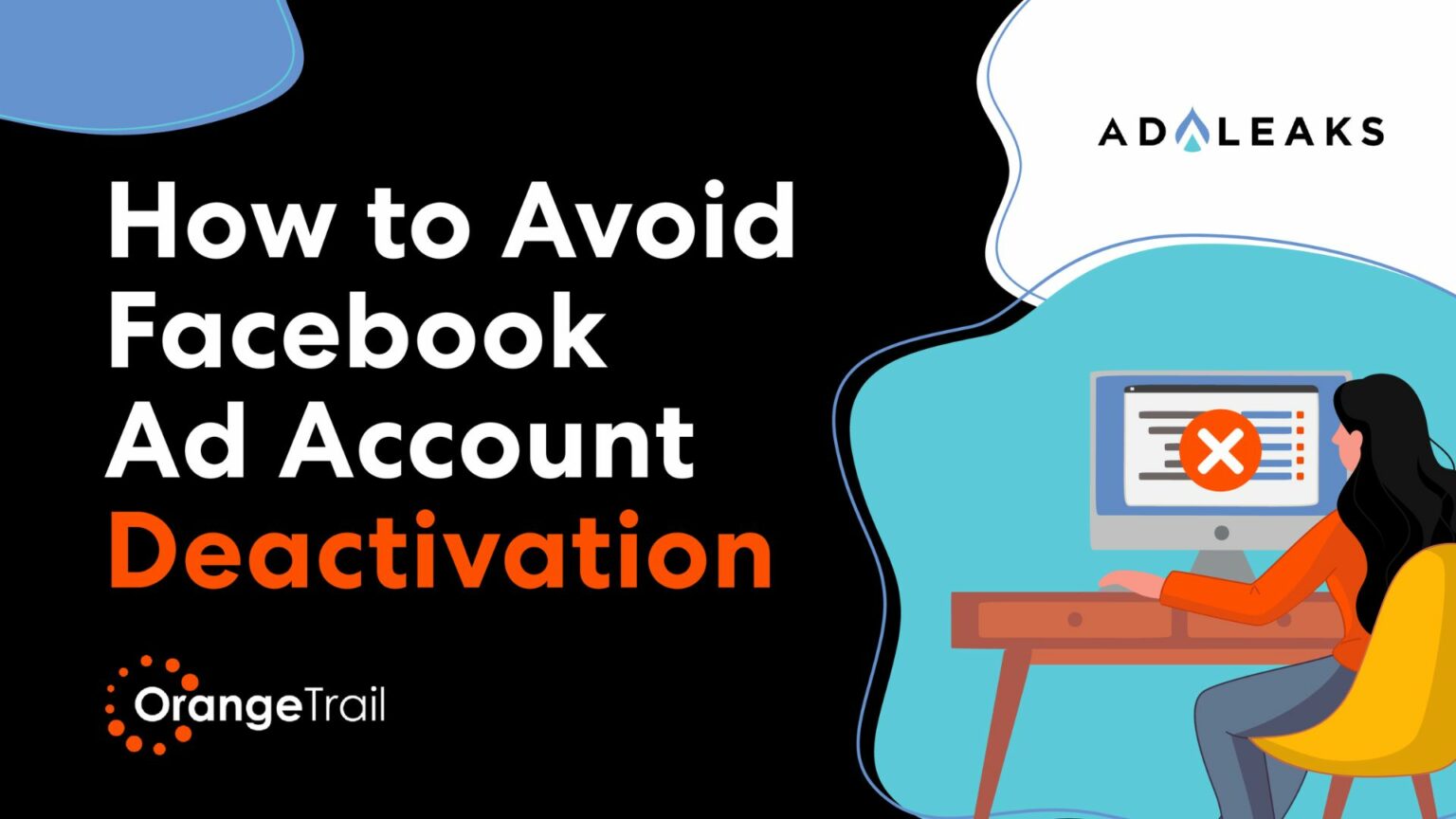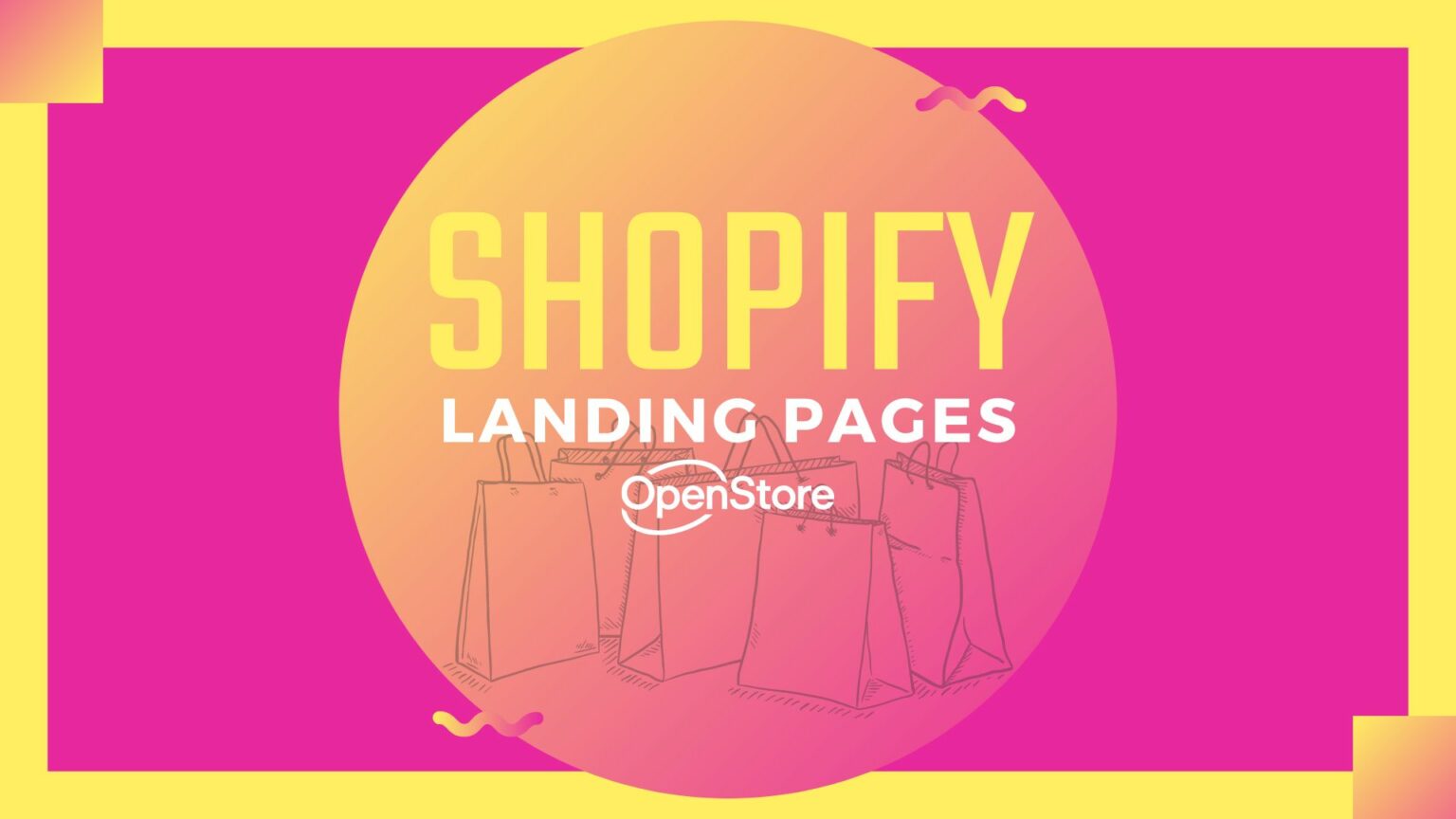
Understanding Facebook Ad Algorithm Changes


If you do any Facebook marketing, an important thing to understand is the facebook ad algorithm. Every time you open up Facebook, a long list of signals spring into action and curate a very hard to understand and sometimes misunderstood the facebook ad algorithm. Unfortunately, it is not always easy to keep up with all the ins-and-outs due to constant changes on Facebook’s behalf.
What ends up showing up on a user's News Feed is made up of many moving parts, sometimes hundreds or could be thousands (depending on how many friends, pages and groups you follow). The facebook ad algorithm determines these moving parts, that then decides the posts we see from friends, families, and businesses.
We want to help you understand how your Facebook posts get viewed on Facebook. So we’re collecting all the relevant Facebook algorithm factors, updates, and changes and placing them here in this post for easy reference.
Adam Mosseri (VP, News Feed at Facebook) recently broke down the four steps Facebook uses to rank your content in the news feed.
Those steps are:
- Inventory (What’s on the menu?)
- Signals (Is it lunch or dinner time?)
- Predictions (Would she enjoy the salmon?)
- Score (Place an order.)
Inventory
Facebook’s ad algorithm quickly takes an inventory by looking at all of the stories posted by your friends and the pages you follow, as soon as Facebook Newsfeed is opened.
Signals
All available data is then considered, and Facebook tries to make an informed choice on what may interest the user. Facebook calls this data “Signals.” The number of signals can really be overwhelming to understand. It is Facebook's job to rank this content, this can be based on the time of day, the users' device, who posted what… and the list goes on and on. (Currently, Facebook has given users the opportunity to slightly sway the signals. We all know about the unfollow button, or the opportunity to view certain users' posts less frequently, without having to totally unfriend them.)
Predictions
Like most marketers, Facebook is trying to understand and basically trying to guess what the user will do before they do it. For example, how likely will the user comment, share or like the stories we pick for that user's algorithm. At the end of the day, Facebook is all about engagement. If Facebook can rank the signals using the users' history and make predictions, Facebook sees this as a win-win for everyone.
Score
Just like you would guess, Facebook pulls together these predictions and calculates the probabilities, and consolidates this information into a “relevance score.” This calculated number represents how interested Facebook thinks you may be in a certain story, post or group. Adam stressed that like most marketers, Facebook doesn’t know for a fact how interested users will be in certain content on the News Feed, its all an educated guess.
Understanding the facebook ad algorithm starts with knowing the core values that Facebook uses to guide their algorithms. These values are: Friends and Family come first, a platform where all ideas can be shared, authentic communication (monitored clickbait), Controlled experience (such as "unfollow" and "see first") and Constant Feedback from users.
Relevant Changes to Facebook News Feed Algorithm:
If this is your first time digging into facebook ad algorithms, or if you are here brushing up on past skills, take the time to view our list below. This breaks down all of the relevant changes that Facebook has made to the facebook ad algorithm. The break down of relevant changes is not only educational but shows a retrospective view at every step Facebook has taken on this journey.
(Last updated: December 2017)
Here’s a summary of all the changes that are relevant to social media marketers, in reverse-chronological order.
If you want to know more about any particular change, just click on the quick link and you’ll get more information about the change and how it may affect your Page.
- December 18, 2017: Pages that use engagement bait are down-ranked.
- August 28, 2017: Pages that share false news will no longer be able to run Facebook ads.
- August 17, 2017: Posts that pretend to be a video will be demoted in the News Feed.
- August 2, 2017: Posts with links that load slowly on mobile will be shown less in the News Feed.
- May 17, 2017: Posts with clickbait headlines will rank lower in the News Feed.
- May 10, 2017: Posts that link to websites with low-quality experience will rank lower in the News Feed.
- January 31, 2017: Authentic and timely posts will rank better in the News Feed.
- January 26, 2017: Long, engaging videos will rank better in the News Feed (than short, engaging videos)
- August 11, 2016: Posts that are informative will rank higher in the News Feed of people who might find them relevant.
- June 29, 2016: Posts from friends will rank (even) higher in the News Feed.
- April 21, 2016: Posts with links that keep people engaged will rank higher in the News Feed.
- March 1, 2016: Live videos will rank higher in the News Feed when they are live than after they end.
- February 24, 2016: Facebook launched Reactions to help businesses understand how people are responding to their posts.
- December 4, 2015: Facebook uses surveys to improve News Feed ranking.
- July 9, 2015: Facebook makes it easier for people to control what they see on their News Feed.
- June 29, 2015: Facebook now considers more actions on videos while ranking videos in the News Feed.
- June 12, 2015: Time spent on stories becomes a ranking factor.
- April 21, 2015: Posts from friends will rank higher in the News Feed.
- March 5, 2015: Facebook updates how Likes are counted.
- January 20, 2015: Hoaxes will receive less reach and have an added warning.
- January 7, 2015: Video is growing
- November 14, 2014: Overly promotional posts will receive less reach on Facebook.
- September 18, 2014: Facebook will be considering the rate at which people interact with posts.
- September 11, 2014: Offensive or inappropriate ads will be shown less or stopped.
- August 25, 2014: Facebook will look at bounce rate to determine if an article has a clickbait headline.
- June 23, 2014: Facebook can now rank videos uploaded directly to Facebook better than links to video sites.
- September 11, 2014: Posts that explicitly ask for engagement will be ranked lower in the News Feed.
- August 23, 2013: Facebook has developed a new algorithm to find and show high-quality content to users





